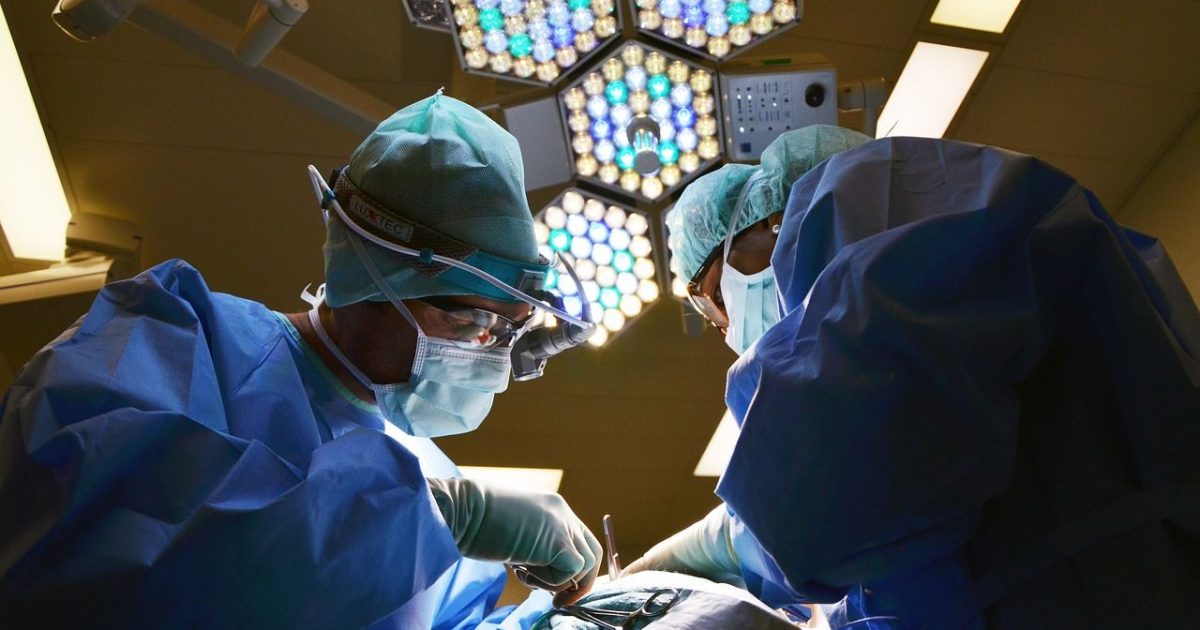A team of researchers from the University of Freiburg in Germany has developed a biochip specially designed to heal wounds up to three times faster than normal, using electricity. The study was published in the scientific journal Lab on a Chip.
Electricity as a guide for healing wounds
Electric fields can drive the movements of skin cells, propelling them towards the site of an injury. The human body naturally generates an electric field that performs this task. So the researchers set out to amplify this effect to speed wound healing.
While it can’t heal serious wounds at the speed of a superhero, the biochip could radically shorten the time it takes for minor lacerations and cuts to heal. Maria Asplund, bioelectronics scientist at the University of Freiburg and Chalmers University of Technology in Sweden and coordinator of the study, explained that the problem of wound regeneration in some segments of the population is a serious problem for salute. For people with chronic wounds that take a long time to heal (the elderly, diabetics or people with poor blood circulation) rapid recovery from frequent small open wounds could be game changing.
How it’s done
While it is already known that electricity can aid wound healing, the effect of the strength and direction of the electric field on the process has never been well established. Therefore, the researchers developed a bioelectronic platform and used it to grow artificial skin made up of cells called keratinocytes, which are the most common and crucial cell type in the skin for the healing process.
How does it work
Comparison of the application of electric fields on one side of the wound with alternating fields on both sides of the wound yielded interesting data. Both healthy keratinocytes and those engineered to resemble those of people with diabetes moved up to three times faster than skin cells without any electrical interference.
With an electric push coming from only one side of the wound which has proven to be the most effective in repairing the artificial skin in the shortest possible time. Fortunately, none of the cells were damaged by the electric fields tested.
Future applications and next research steps
Wounds that don’t heal quickly increase the risk of infection and further delay healing. In severe cases, this can lead to amputation. The next step is to test how the latest finding works on actual wounds in live humans, rather than on lab-grown skin cells. The development of practical applications will be based on the translation of the cheap and easily available materials used in the experiment into real situations.
© REPRODUCTION PROHIBITED
